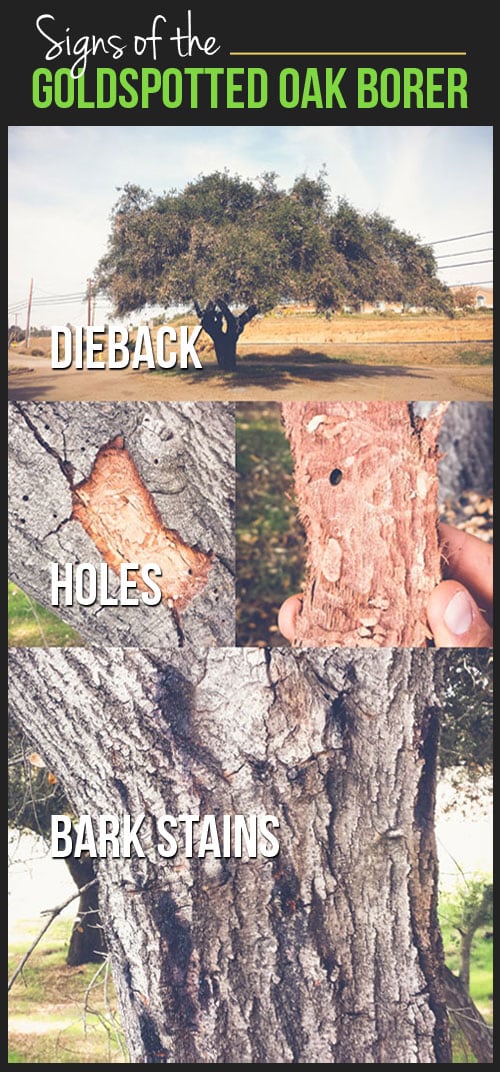Indications It's Time For Tree Removal: How To Identify Unsafe Trees
Indications It's Time For Tree Removal: How To Identify Unsafe Trees
Blog Article
https://www.theoaklandpress.com/lifestyles/tips-for-selecting-and-caring-for-your-fresh-christmas-tree/article_4b28ca3c-112e-11ea-be74-4be24432000b.html -Troelsen Skovsgaard
When it concerns tree care, recognizing the signs that it's time for elimination is important for your safety and property. You could observe blemished fallen leaves, wilting branches, or weird fungal growths indicating illness. Architectural issues, like a substantial lean or splits in the trunk, can additionally posture dangers. Comprehending these warning signs can aid you make notified decisions about your trees and prevent potential risks prowling in your yard. What should you try to find next?
Indications of Degeneration and Condition
When you observe signs of decay and illness in your trees, it's essential to act rapidly. Seek blemished fallen leaves, wilting branches, or uncommon developments like fungus. https://elliottvqkfy.vblogetin.com/41040204/check-out-the-important-actions-of-eliminating-a-tree-stump-and-discover-the-crucial-elements-that-might-persuade-your-choice-to-act can show that your tree is having a hard time.
If you see fractures in the bark or soft, mushy timber, these signs and symptoms suggest internal degeneration. In addition, an unexpected increase in pests around your tree can signal that it's damaged and susceptible.
Look for any kind of dead or passing away limbs, as they present a threat to your home and safety and security. If you doubt about what you see, getting in touch with an arborist can supply quality.
Addressing these indicators early can save you from much more extensive damages and guarantee the health of your backyard. Do not wait until it's far too late.
Structural Instability and Leaning
As you observe your trees, watch out for any indicators of architectural instability or leaning. If a tree leans dramatically, it might indicate that the root system is endangered.
Search for any splits in the trunk or dirt around the base; these can signal prospective failure. Additionally, check for uncommon development patterns, like a lopsided crown, which might recommend that the tree is struggling to hold itself upright.
If you notice that the tree favors your home, power lines, or other structures, it postures a better threat. Do not overlook these indicators-- get in touch with an arborist to assess the circumstance.
Doing something about it early can protect against expensive damage and guarantee your safety.
Dead or Dying Branches and Foliage
If you observe dead or dying branches and vegetation on your tree, it's a clear indication that something's incorrect.
These unhealthy areas can show underlying concerns like illness, pest infestations, or environmental tension. When branches lose their leaves or turn brown, they're no longer contributing to the tree's wellness. Disregarding these indications can lead to further decrease, making your tree a lot more harmful.
Dead branches can conveniently break short during storms, posing a threat to home and individuals nearby. It's important to assess the level of the damages.
If the issue influences a substantial part of the tree, think about consulting a specialist. They can help establish if removal is needed to make certain security and keep the charm of your landscape.
Final thought
If you observe any indicators of degeneration, architectural instability, or dead branches on your trees, don't overlook them. These indicators can position severe safety and security risks to you and your residential or commercial property. It's always best to seek advice from a specialist arborist who can provide a specialist evaluation of your trees. Doing something about it early can protect against mishaps and expensive damages, guaranteeing your landscape continues to be risk-free and healthy. Remember, it's far better to be positive regarding tree care than to wait on a disaster to occur.
